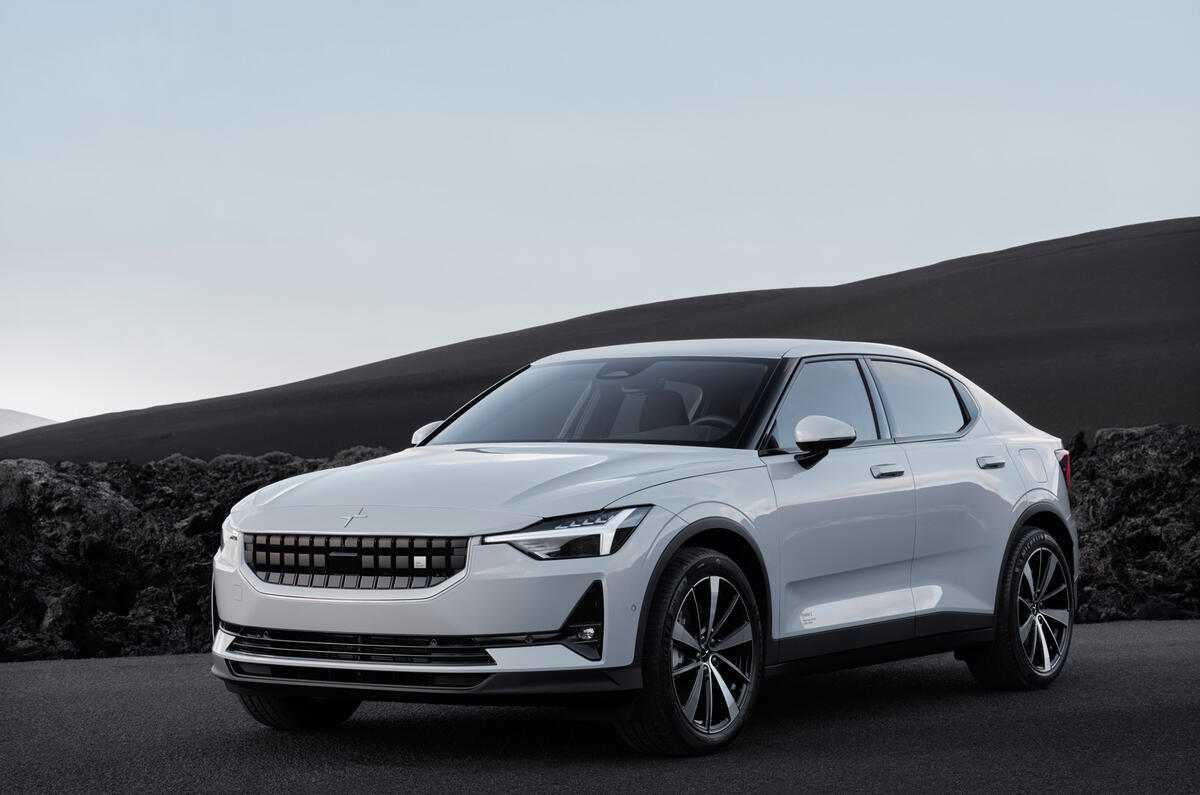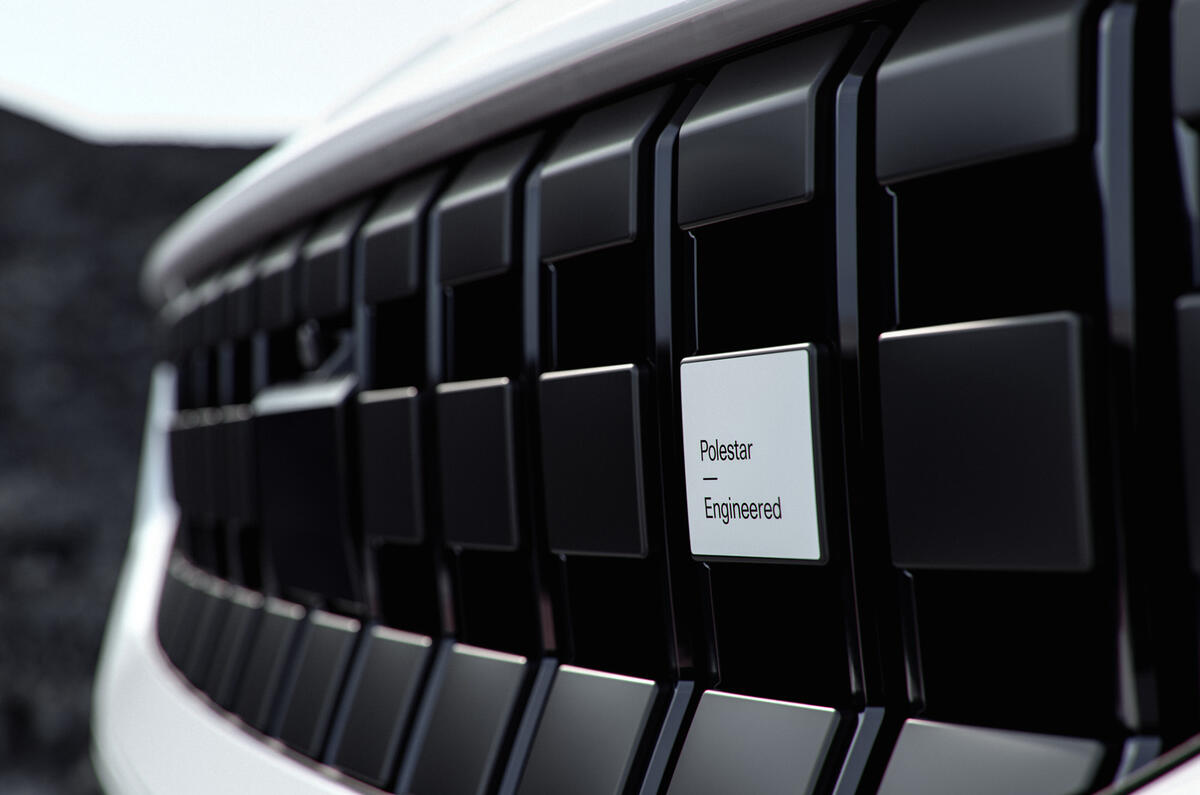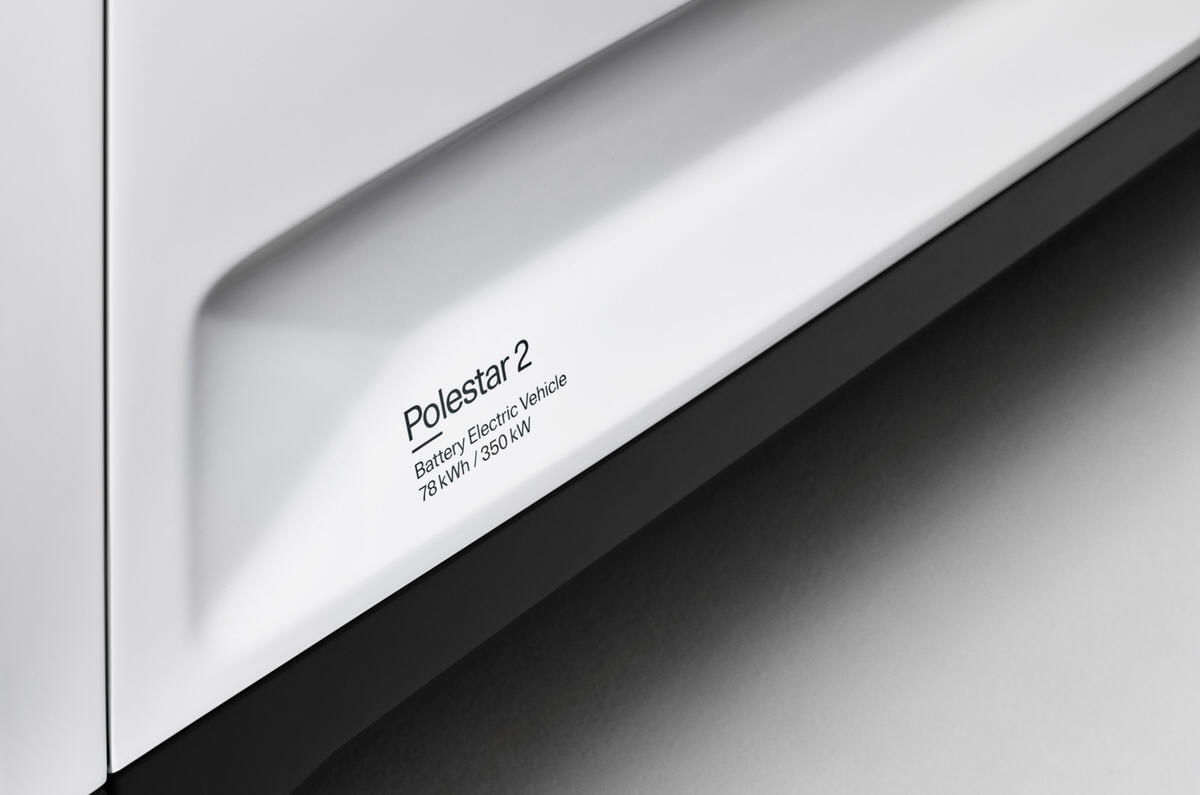Polestar has released a power boost for the all-electric Polestar 2 Long Range Dual Motor, adding 67bhp and 15lb ft of torque via an over-the-air software update.
Costing from £1000, the boost takes total system power to 470bhp and 502lb ft and shaves 0.3 seconds off the 0-62mph time, meaning the headline sprint is now 4.4sec. This means the 2 and the Tesla Model 3, its main rival, now have exactly the same acceleration figures.
In addition, the extra power is available to provide a boost in mid-range acceleration, with Polestar quoting a 2.2sec 50-75mph time – 0.5sec up on the standard car.
Customers can download the upgrade in the Polestar Extras web shop, with the scheduled release being available within hours. Owners have to agree to download it within the car's operating system, then leave and lock the car before the download starts. It doesn't need to be plugged in during the process.
Polestar sees software updates as crucial to highlighting its digital-first approach. You can only buy the firm’s cars online, something that CEO and Autocar Awards winner Thomas Ingenlath emphasised during this latest launch: “The upgrade highlights how connected technologies can transform the relationship a car company has with its customers.
"The driving experience in the Polestar 2 is something we're really proud of. It's such a fun car to drive already, but with this upgrade, we can offer even more to our customers who might be after a little extra excitement.”
Manufacturers are increasingly looking to chargeable digital upgrades as a way of generating additional revenue. Stellantis has announced a €30 billion software transformation just this morning, with a view to earning €20bn in 2030, while Volkswagen also views over-the-air updates as crucial to its future business model. The German firm plans to release quarterly updates for all of its EVs from now on.
Previously, Jaguar has offered range and performance boosts wirelessly for the Jaguar I-Pace, while Tesla has earned the most headlines with its over-the-air updates.
From the passenger’s seat
We rode in a car with this software upgrade over the summer in a preview event at the Goodwood Festival of Speed, but the sharper acceleration figures aren’t what we remember most clearly from the passenger’s seat. The experimental 2 was also fitted with some trick Öhlins in-board dampers, and it was the adjustability of these, as well as the 30% increase in stiffness they brought, that was more memorable than the additional 67bhp.









Join the debate
Add your comment
So the hardware was always capable of delivering extra power. One has to ask why was it restricted in the first place - has Polestar simply decided that the safety margins for its motor and battery were unecessarily conservative, or has it bowed to marketing pressure to match a competitor and never mind the consequences? And is a 0.3 seconds shaved of a 0 to 60mph time really worth shortening the car's range and possible battery life for, never mind the nstallation cost and likely insurance premium increase?
So the hardware was always capable of delivering extra power. One has to ask why was it restricted in the first place - has Polestar simply decided that the safety margins for its motor and battery were unecessarily conservative, or has it bowed to marketing pressure to match a competitor and never mind the consequences? And is a 0.3 seconds shaved of a 0 to 60mph time really worth shortening the car's range and possible battery life for, never mind the nstallation cost and likely insurance premium increase?
I wonder what the insurance companies will make of thise!